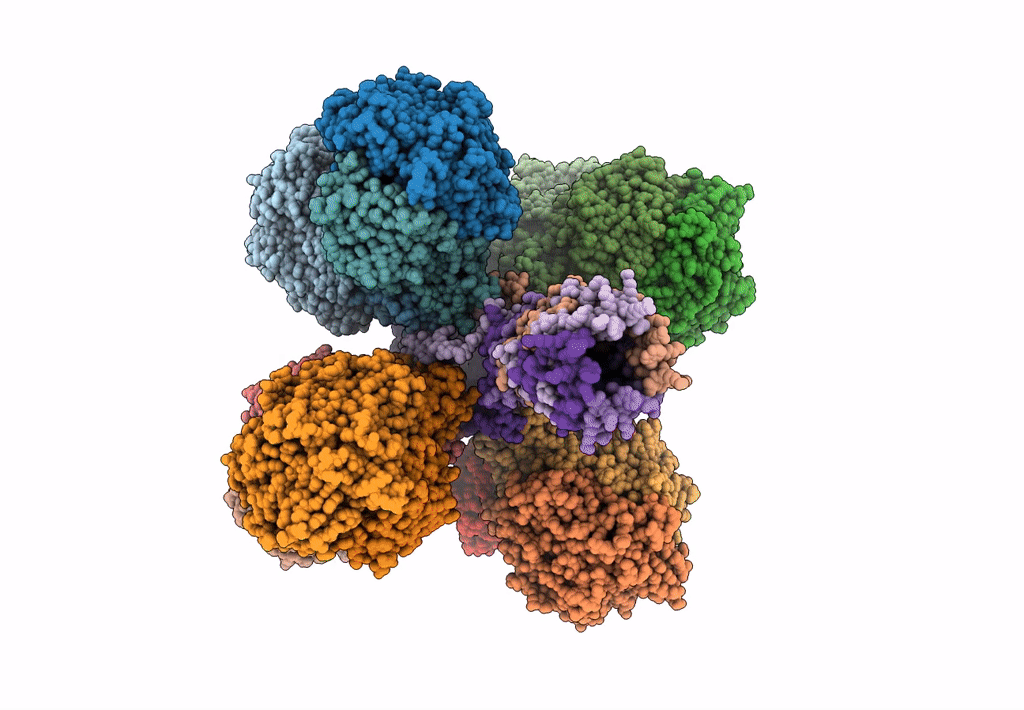
Deposition Date
2022-04-28
Release Date
2023-01-04
Last Version Date
2024-10-16
Entry Detail
PDB ID:
7UUS
Keywords:
Title:
The CryoEM structure of the [NiFe]-hydrogenase Huc from Mycobacterium smegmatis - Full complex focused refinement of stalk
Biological Source:
Source Organism:
Mycolicibacterium smegmatis MC2 155 (Taxon ID: 246196)
Method Details:
Experimental Method:
Resolution:
8.00 Å
Aggregation State:
PARTICLE
Reconstruction Method:
SINGLE PARTICLE


